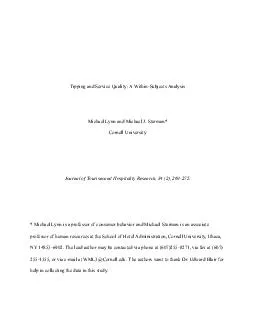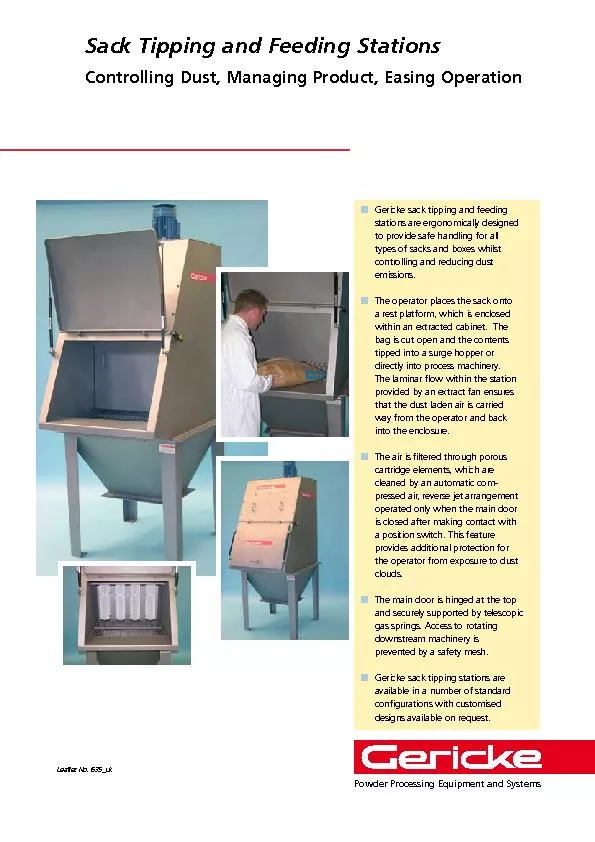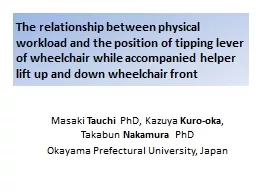PDF-Tipping and Service Quality: A Within-Subjects Analysis Journal of Tou
Author : faustina-dinatale | Published Date : 2015-11-16
Tipping and Service Quality A WithinSubject Analysis Restaurant and bar patrons often leave voluntary payments of money or tips to the waiters and waitresses who
Presentation Embed Code
Download Presentation
Download Presentation The PPT/PDF document "Tipping and Service Quality: A Within-Su..." is the property of its rightful owner. Permission is granted to download and print the materials on this website for personal, non-commercial use only, and to display it on your personal computer provided you do not modify the materials and that you retain all copyright notices contained in the materials. By downloading content from our website, you accept the terms of this agreement.
Tipping and Service Quality: A Within-Subjects Analysis Journal of Tou: Transcript
Download Rules Of Document
"Tipping and Service Quality: A Within-Subjects Analysis Journal of Tou"The content belongs to its owner. You may download and print it for personal use, without modification, and keep all copyright notices. By downloading, you agree to these terms.
Related Documents














